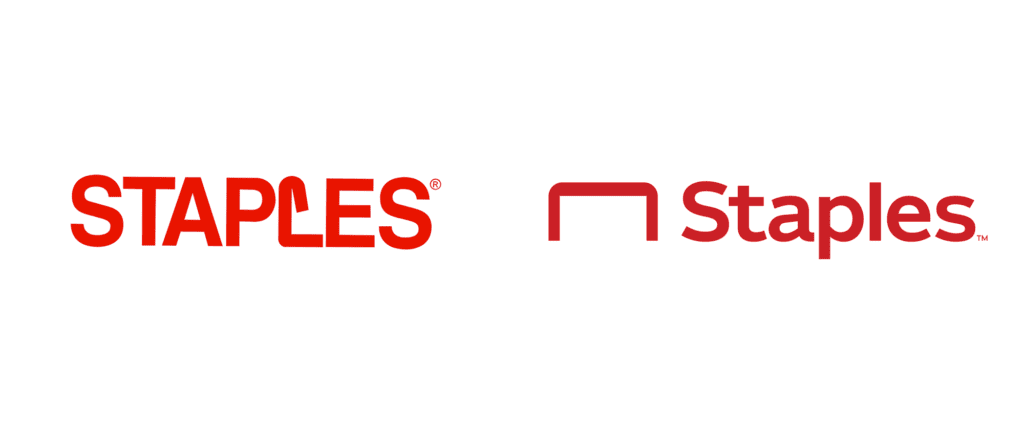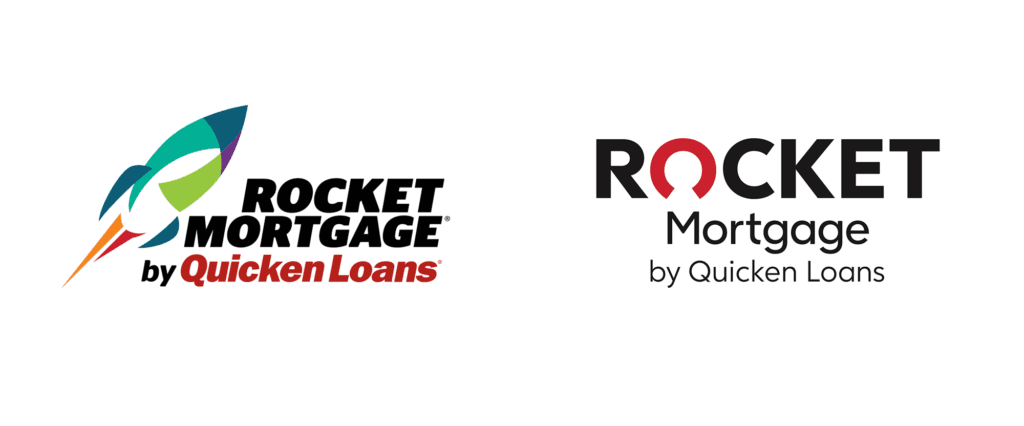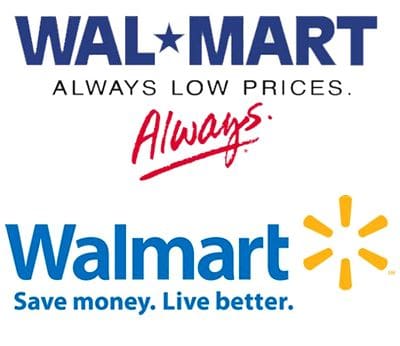Your brand identity – it’s quintessentially “you” in so many ways but, just like fashion, hairstyles, and music, what is popular today may not be what lasts. A stale corporate identity can potentially cause legitimate damage to your business. It could be time for a deeper look at your brand identity.
Maybe your current brand identity no longer accurately captures the products and services you offer. Maybe you’ve identified a deep disconnect with your target audience. Maybe your logo uses fonts and imagery that pinpoints exactly when it was originally created (…in a bad way).
If any of the statement above resonate, here are our suggestions of When and Why rebranding may be best for your company.
When your name or look needs to reflect the evolution of the brand
Why: Your branding says more about your company than you may realize.
Real-World Example: Staples is one of the latest to rebrand – the “new Staples” is trying to capitalize on helping get things done in both work and life as a brand that’s “here for you”. In the case of this brand, Staples released a statement to explain the timing and purpose of its new look:
“A New Logo for a New Way of Working. After well over a quarter-century of being known for its slanted L logo, Staples is introducing a new logo signaling its brand evolution and the enhanced experience it is delivering to its customers. The staple now plays a more prominent role, set in a friendly and approachable font. The new simplified and modernized icon is also a more direct representation of the Staples’ name.”

When, as a company, you pivot your core messaging
Why: Your brand wants to be known for something different or for the same thing in a different way.
Real-world Example: Walmart previously use of the tagline “Always Low Prices” made them appear discounted in a negative way, so the adjustment to “Save Money. Live Better” a few years ago refreshed the brand both in message and in visuals, and better appeals to the masses by acknowledging everyone wants a certain standard of living at a cost affordable to them.
When your business grows beyond your original services or geography
Why: Your brand needs to capture the expansiveness of its service areas or scope.
Real-World Example: Rocket Mortgage debuted a new look recently, according to the company it was to have a look that carried over better to its family of brands — loans, real estate, finance. The iconic “rocket” is now nowhere to be found. The company explained the rocket initially captured the speed with which they serve customers, but now the brand offers more than just speed and mortgages. The logo features what it’s CEO calls “the magic O” allowing them to be more creative with the ability to place imagery in the O. Overall this new appearance is amenable to their venture into more than just fast loan processing.

When you need to distance yourself from something negative
Why: It could be as simple as a misunderstanding or as complicated as legal issues, but whatever caused the situation, addressing the issue head-on and honoring the relationship customers previously had with your brand is key.
Real-World Example: The depth of the crisis needs to be taken into consideration. In the 1990’s a devastating fatal airline crash into the Florida Everglades become synonymous with the brand ValuJet — it quickly ceased operations and attempted a rebrand as AirTran. Industry experts cite this example as a success because of the positive perception the new brand achieved and AirTran was bought out in 2011 by a larger competitor for a profit.
Often a full rebrand after a crisis may be an extreme reaction, and instead reframing might be what’s necessary to stay true to your brand’s core values while winning back brand trust and loyalty. It’s an opportunity to remind your audience what you stand for.
Real-World Example: A classic example in the marketing and advertising world involves Johnson & Johnson’s handling of the Tylenol poisoning tragedy in the 1980s. Seven people died after taking cyanide-laced Tylenol capsules. Many thought the brand would never recover. However, Johnson & Johnson returned Tylenol to the market just two months later after addressing the safety concerns, innovating packaging for added safety, and a media campaign that enhanced their brand loyalty. Because of humility and a campaign to clear up misunderstandings Johnson & Johnson focused on firming up its loyal customers and reminded its audience of its core value of commitment to safety.
When you need better differentiation in your market
Why: It’s all about evolving and innovating, and brands that capture this can be hugely successful.
Real-World Example: Remember when Amazon just sold books? Yeah, we don’t remember that either. In truth, its first tagline was “Earth’s biggest bookstore”. Amazon has successfully rebranded itself as the “everything” online store. And now, at 20+ years old, Amazon has carved out a space in the digital world that is unmatched. It’s hard to even identify Amazon’s competitors because of how many lines of business in which they operate and outperform, and that’s exactly how they like it.
Now, with all these suggestions, keep in mind that rebranding is not always necessary. A change that doesn’t fall into a category above could be a situation of “don’t overthink things” — you could actually confuse your audience more than galvanize it.
Making the decision to rebrand is a big deal. Want help deciding if this is the right step for your business? Maybe it’s time for a brand audit? Our team can assess and analyze the pros and cons of rebranding and refreshing. Get started with us today by conducting a brand audit or schedule your Discovery Session.



